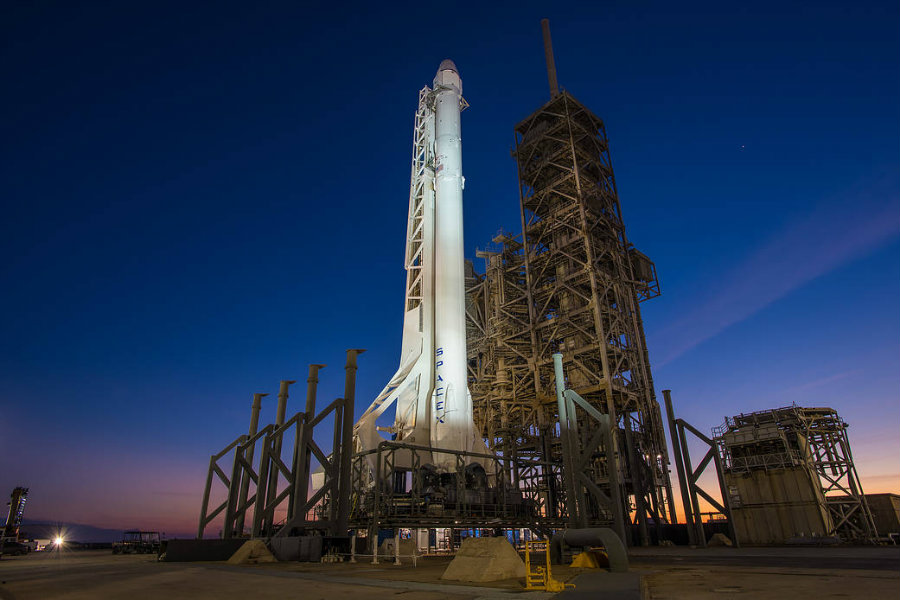SpaceX performed the first-ever launch of a private rocket from NASA’s Kennedy Space Center at 9:39 a.m. Eastern Time.
The Falcon 9 rocket carried a Dragon capsule toward the International Space Station (ISS), while the first stage of the same rocket came back down to Earth successfully, landing just a few miles apart and 8 minutes after the initial launch sequence.

Elon Musk celebrated the events by posting an Instagram photo with the caption “Baby came back.”
NASA and SpaceX, together
As the Dragon capsule is expected to arrive at the ISS on Tuesday, French astronaut Thomas Pesquet will get ahold of operating the station’s robotic arm with the assistance of NASA commander Shane Kimbrough. After grabbing the capsule, mission control will take charge of the mission and join the spacecraft to the ISS’s docking station.
The capsule will provide astronauts with tools, supplies, and equipment to perform science experiments, although this one has a greater deal of scientific material on board, seeing that ISS officials assure that the crew is “well above reserve levels for food and water.”
“It’s chock-full, and the crew’s really going to enjoy the science we’re getting ready to bring out,” stated Dan Hartman, manager of the ISS program according to Space.com
According to NASA, the scientific material sent on the capsule is the result of 800 scientists working for space environment experimentation. The cargo weighs almost 5,500 pounds, and the capsule is expected to return after a month, with 5,000 pounds worth of cargo.

There are many experiments proposed and designed by students. Some of these include a mouse study to see how wounds heal in space, a growing stem-cell experiment, the Lighting Imaging Sensor to track lighting worldwide, and a test to see how the MRSA bacteria performs in space.
“You can see that this particular SpaceX launch is going to keep our crew busy; it keeps us busy every day. We’ve never seen such a platform like this enabled on orbit for science,” stated Tara Ruttley an ISS collaborator.
This has become SpaceX’s tenth cargo mission headed towards the ISS, part of the contract held with NASA. Almost all of the previous missions were successful, except for a launch in June 2015, when the Falcon 9 fell apart shortly after liftoff.
Currently, NASA is leasing the Kennedy Space Center’s Complex 39, specifically the Launch Pad 39A. The contract is set to last 20 years, and it is currently undergoing modifications to better accommodate the launching mechanics of Falcon 9 and Falcon Heavy rockets. The first launch of a Falcon Heavy rocket is planned for Q2 2017 from 39A, while the first flight of a Crew Dragon spacecraft is scheduled for November of 2017.
Source: Space
